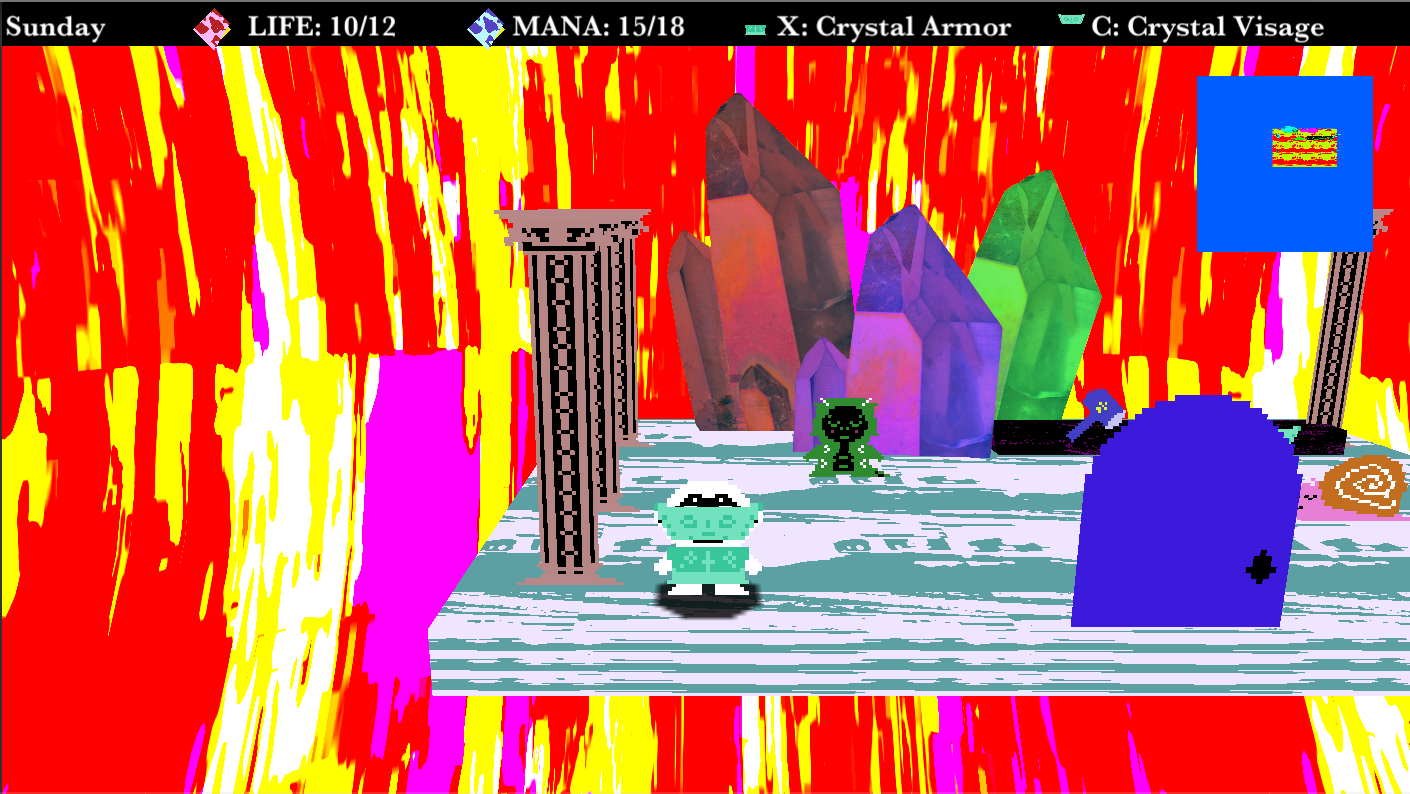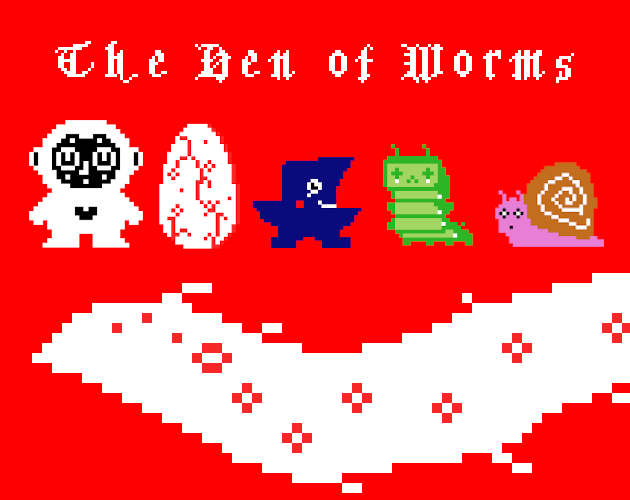The Den Of Worms (itch) Mac OS
Caesars palace games online. Find games for macOS tagged Open World like Can you escape?, FYC: Forge Your Civilization, Tenderfoot Tactics, The Den of Worms, CastleBlade on itch.io, the indie game hosting marketplace. Made in The Dev Den - the community of game developers. QWEASD - rotation, Arrows - movement, F - cycle colours, Space - fall. Hit 'FOLLOW' if you want this game to be finished. The goal is to dig up and brake the shiny gold cubes. When the fallen cubes touch two or more cubes of the same color they disappear. Diamond world casino. QWEASD - rotation. Anti-worms have been used to combat the effects of the Code Red, Blaster, and Santy worms. Welchia is an example of a helpful worm. 32 Utilizing the same deficiencies exploited by the Blaster worm, Welchia infected computers and automatically began downloading Microsoft security updates for Windows without the users' consent.

What Worms Are Used For: An Example
That’s not to say that worms are exactly the mindless cancer of the computer world. On the contrary, these malicious programs do send data back to a control server, and they can be controlled to help hackers achieve specific goals. The Den Of Worms (itch) Mac Os Update
For instance, when a website goes down as part of a DDoS (Distributed Denial of Service) attack, the root cause is often a worm that has infected a large number of machines. The hacker who created the worm is then able to create a botnet army with these compromised computers, and can use them to flood a specific target site with huge amounts of traffic or data, essentially killing the bandwidth of the target and resulting in a denial of service for the site. DDoS attacks are difficult to protect against for website administrators, simply because the attack is coming from so many different sources. All of the machines infected with the worm are essentially part of the attack, making it impossible to block specific IP addresses or even distinguish legitimate traffic from malicious traffic.The Den Of Worms (itch) Mac Os Download
Worms in History
One of the most notorious computer worms in history was also one of the first. Written by a graduate student at Cornell University, the worm in question—called the Morris worm—was launched in November 1988, and quickly spread from computer to computer. Like other worms since, the Morris worm operated by exploiting known vulnerabilities in a specific operating system—in this case, Unix. Though originally intended as a harmless technology test, the worm was coded in such a way that it would infect some computer systems more than once, which resulted in computer crashes, denial of service attacks across the Internet, and potentially up to $10 million in damage. The estimate is that the Morris worm infected about 10% of the computers connected to the Internet at the time. While it’s unlikely that a worm could ever have such a far-reaching impact today—thanks to our knowledge of worms and the cyber-security safeguards that are in place on most computers and networks—it’s still frightening to think of the kind of a damage that a worm could do if it infected 10% of the Internet in 2015.